Photographs: Courtesy, Ranbaxy Sushmi Dey in New Delhi
Currently, all the US FDA-approved manufacturing facilities of Ranbaxy in India are banned from supplying to the US.
Sun Pharma’s acquisition of Ranbaxy has once again revived evaluation of the troubled past of the latter, which had changed hands from the promoters merely five years ago.
Unlike many Indian companies, Ranbaxy has an interesting and eventful history.
Started as a drug distribution firm in 1937 in Amritsar by two cousins Ranjit and Gurbax (hence the name Ranbaxy), it was acquired by Bhai Mohan Singh in 1947 as the owners of the firm failed to repay the money lent by Singh.
Over the next few years, Bhai Mohan Singh saved the company from a hostile takeover - not once but twice - first from Gurbax Singh himself and later from Lapetit of Italy.
It was under him that the company was incorporated in 1961 and launched its first blockbuster drug, Calmpose, in 1969.
...
A look at Ranbaxy's interesting and eventful history
Photographs: Courtesy, Ranbaxy Sushmi Dey
In the 1980s, Bhai Mohan Singh divided his business among his three sons.
Few were surprised when Ranbaxy went to his favourite, Parvinder. In a few years, Parvinder’s global vision and his trust in his key executive, D S Brar, reportedly created differences between the father and the son.
It was under Parvinder that Ranbaxy first spread its wings abroad and started to dream big.
After Parvinder’s death in 2000, his elder son Malvinder Mohan Singh quickly rose through the ranks in Ranbaxy. By December 2003, Malvinder was firmly in control and Brar was out.
..
A look at Ranbaxy's interesting and eventful history
Photographs: Courtesy, Ranbaxy
In 2008, when promoters of Ranbaxy announced the sale of India’s largest pharmaceutical company to Japan’s Daiichi Sankyo, many termed it as a landmark deal and praised the business acumen of Malvinder.
However, Ranbaxy soon started to falter in its largest market – the US.
Shareholders, analysts and industry observers started questioning Daiichi Sankyo’s due diligence while striking the deal with Malvinder Singh and family.
Even as Ranbaxy’s new management maintained that it was taking corrective measures to resolve regulatory issues with the US Food and Drug Administration (US FDA), the company was in fact getting mired in more trouble.
...
A look at Ranbaxy's interesting and eventful history
Photographs: Courtesy, Ranbaxy
Even as two key manufacturing facilities of Ranbaxy – at Paonta Sahib (Himachal Pradesh) and Dewas (Madhya Pradesh) – were barred by the US FDA in 2008-09 itself, just when Daiichi acquired Ranbaxy, it continued to face penalties and enforcements till recently.
Currently, all the US FDA-approved manufacturing facilities of Ranbaxy in India are banned from supplying to the US.
The latest to face import alert in January this year was the company’s active pharmaceutical ingredient (API) manufacturing plant at Toansa in Punjab.
The company’s plant at Mohali (Punjab) is also under US FDA ban.
Moreover, in 2013, Ranbaxy had to plead guilty in America of fraudulent activities and pay a hefty fine of $500 million.
...
A look at Ranbaxy's interesting and eventful history
Photographs: Reuters
Since then, the company had to recall various key products from the American market over quality concerns including batches of Lipitor generic, one of the prized products of the company.
The firm’s product pipeline has also suffered a significant damage as most of its first-to-file product applications pending approval got stuck with the US regulator following enforcements on the company’s domestic facilities.
Currently, the company is supplying to the US only from its New Jersey-based Ohm Laboratories.
...
A look at Ranbaxy's interesting and eventful history
Photographs: Reuters
A look at Ranbaxy’s troubled past
2006: FDA issues warning to Ranbaxy’s Paonta Sahib facility
2007: Whistle-blower’s suit says Ranbaxy defrauded Federal programmes
2008: Daiichi Sankyo acquires majority stake
September 2008: FDA import alert on units at Paonta Sahib and Batamandi (HP) and Dewas (MP). Bans 30 drugs
November 2008: Daiichi concludes buyout
February 2009: FDA invokes application of integrity policy against Paonta Sahib unit, halts pending applications
May 2009: Malvinder Mohan Singh (pictured) steps down as CEO and MD
December 2011: Ranbaxy signs a consent decree with the US to take corrective actions at Paonta Sahib, Batamandi, Dewas and Gloversville (New York)
May 2012: Ranbaxy hires two US-based consultants to advise on remedial work at India units
May 13, 2013: Criminal charges filed; Ranbaxy agrees to pay a $500-mn fine
May-July 2013: Ranbaxy sees exit of some employees
Sep 2013: FDA bans Ranbaxy's newly-commissioned formulation facility in Mohali
Nov 2013: Executives from Daiichi inducted in various units
Jan 2014: FDA bans main API unit in Toansa
Feb 2014: FDA Commissioner visits India and meets pharma company CEOs, including Ranbaxy head Arun Sawhney
April 2014: Sun Pharma buys stake in Ranbaxy

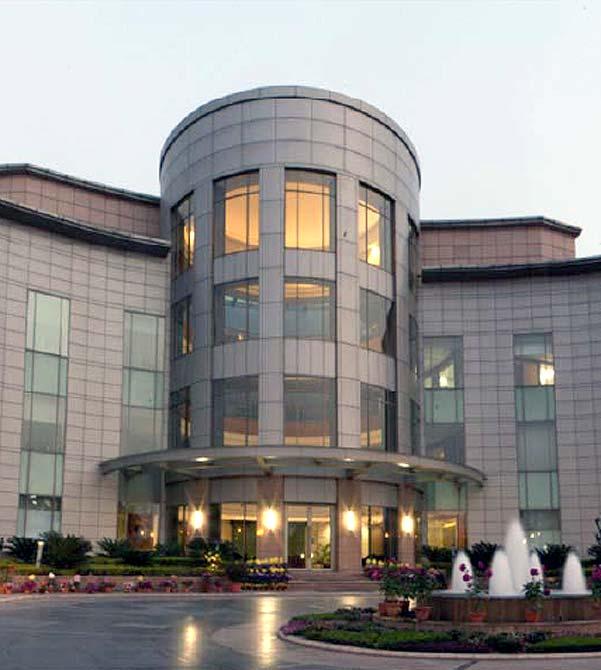
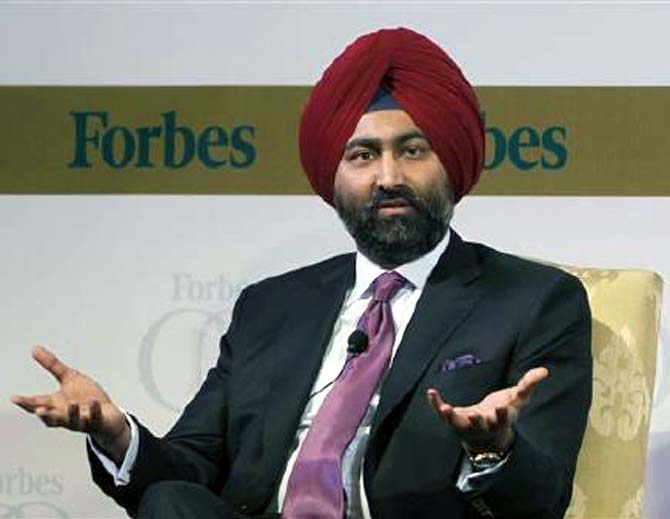
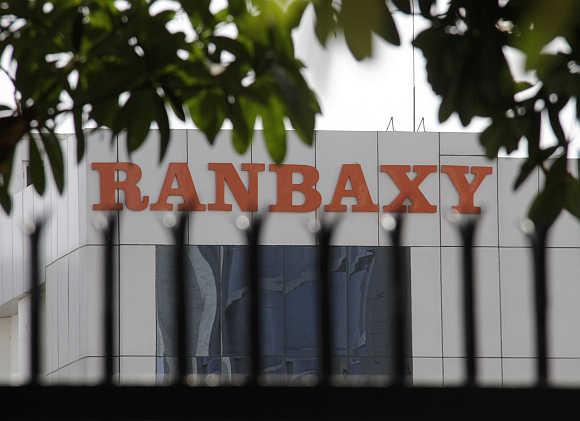

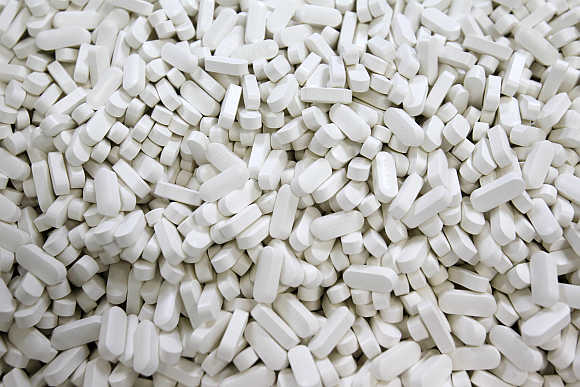
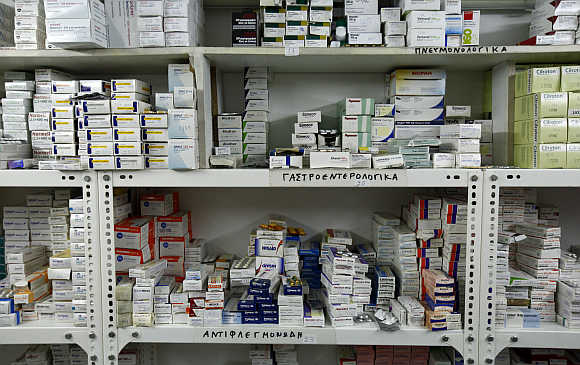

article